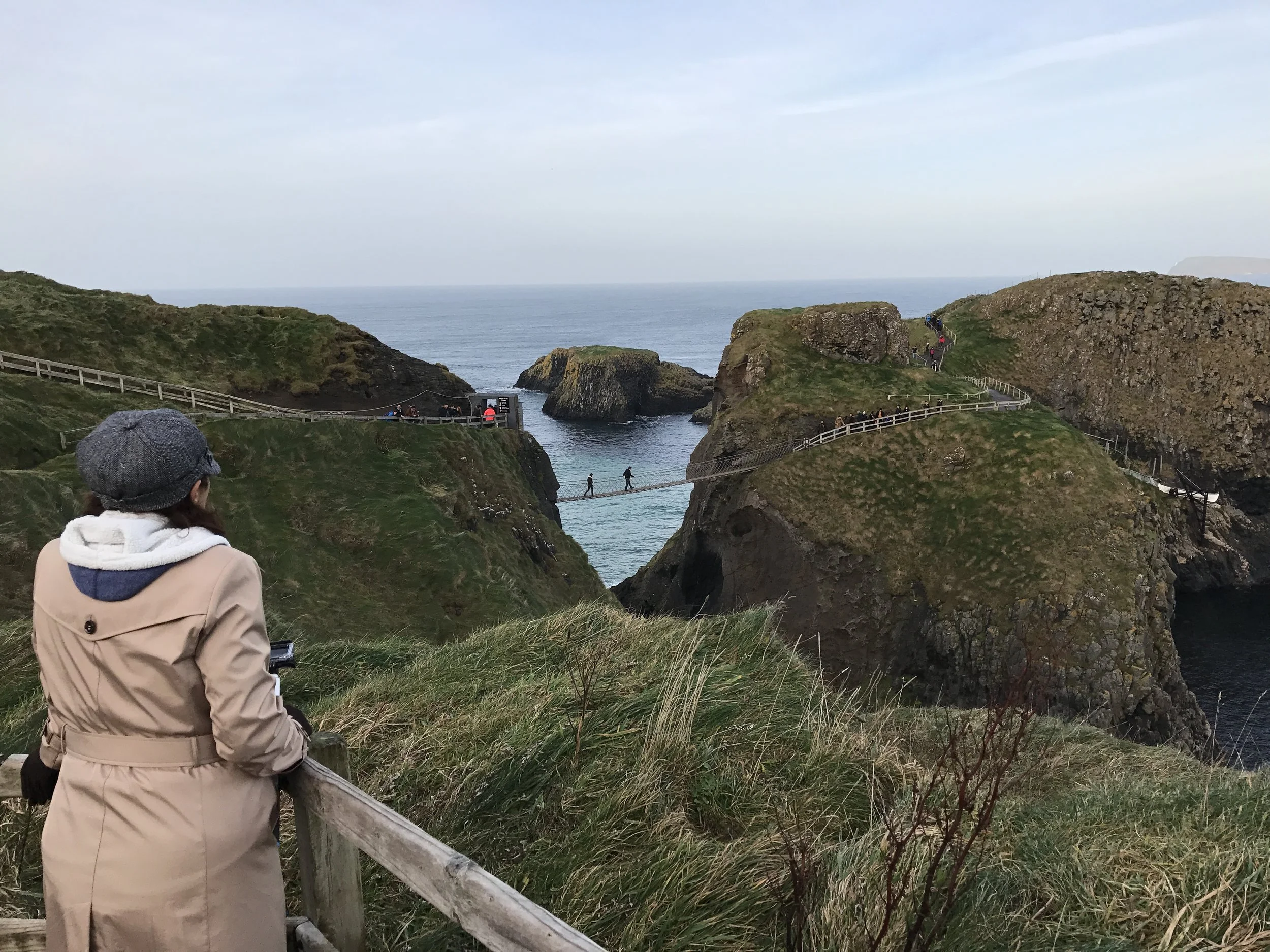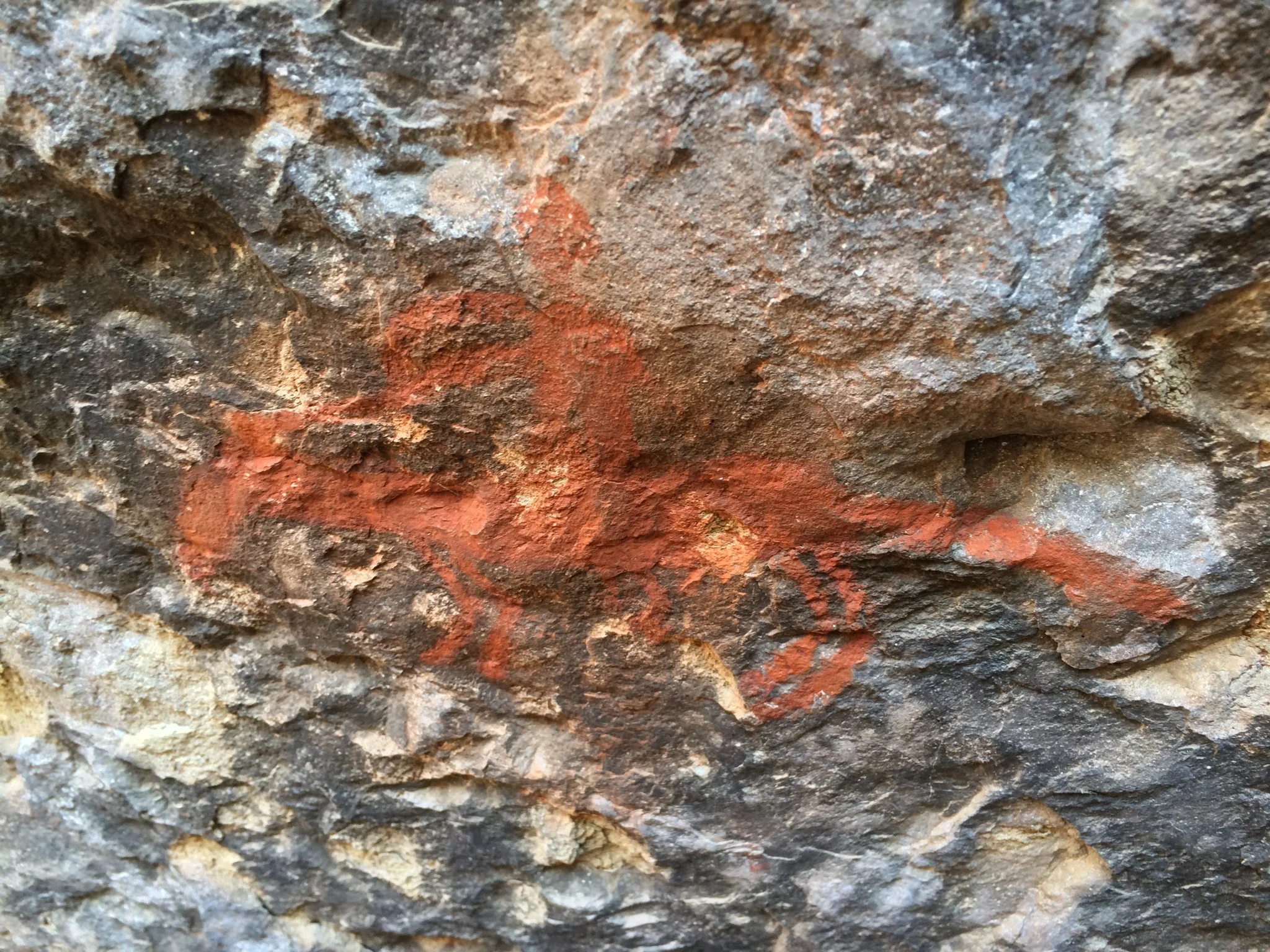If you are lucky enough to rent a car, or have access to a car in Ireland, one of the first things you will realize while driving around is that for the most part, there are not any non-scenic portions of the island. Having said that, there are many scenic drives in Ireland, and out of all of them, the Ring of Kerry is the most well-known, and one of the most beautiful, if not the most beautiful. In case you’ve never heard of it, the Ring of Kerry is a 180 kilometer long (111 mile) loop drive that covers most of the Iveragh Peninsula in County Kerry. In addition to passing through many seaside villages, the loop also passes through portions of Killarney National Park, and also has innumerable scenic views, both in and out of the park.
Glendalough
With a rich Neolithic history, and innumerable medieval ruins, Ireland has a plethora of unique and sacred sites that can be visited, and more importantly, are easily accessible. Out of all of these locations, however, there is only one site that features the well-preserved ruins of a medieval monastic village, and that is Glendalough. Located in a glacial valley, Glendalough (Gleann Dá Loch) literally translates to “Valley of the Two Lakes”. The site was founded by Saint Kevin in the sixth century; and before it was a monastic village it was a location the Saint himself lived had resided in on his own with few of the creature comforts of the time. During that time, according to legends and his writings, Saint Kevin made friends with animals, battled mental demons and knights, and lived a life of austerity in a cave.
Carrick-A-Rede Rope Bridge
The emerald island has 3,171 kilometers of stunning coastline. Some of this coastline – like the Cliffs of Moher, and the Giant’s Causeway is well-known, and well visited. Other areas, however, feature pristine, off-the-beaten track gems with no tourists, and no locals. In the middle of this spectrum is the Carrick-A-Rede Rope Bridge, the island’s only extreme historic coastal adventure. Created over three hundred and fifty years ago by salmon fishermen to connect Ireland to Carrick a Rede Island, the rope bridge was originally a single handrope which crossed the distance – some sixty feet (20 meters)– and depth – some hundred feet (30 meters) from bridge to ocean. At that time, the local fishermen crossed this rope with their fishing gear and catch to work at the fishery on the island. This fishery operated only during the summer months, and the bridge was dismantled and stored in the winter.
The Dark Hedges
In Ireland and Northern Ireland, there are innumerable locations where one can observe both ruins, and stunning natural phenomena with little to no effort, as many of these spots have been set aside for the public. While it is debatable which of these locations is the most stunning, one of the most popular spots on the entire island is a tree tunnel now known as “The Dark Hedges”. Voted as one of the top five tree tunnels in the world, along with many other accolades, the Dark Hedges is also one of the most photographed locations in all of Northern Ireland. And, while it has been featured in many television shows and movies, in 2017, it is most commonly known as the Kingsroad from Game of Thrones.
Corcomroe Abbey
Throughout the entirety of Ireland, ruins of castles, old buildings, mansions, and various other structures dot the countryside. In addition to these modern ruins, other, older ruins from Neolithic times hide under hills and other spots. All of these remnants of the past provide Ireland as a whole with a unique charm, and offer unique opportunities for those travelers who wish to experience locations that are off the beaten path. While some of these locations are on private property, and are inaccessible, some of these locations are well preserved, and hidden in plain sight in various spots of the country, such as Corcomroe Abbey.
St. Brigid's Well
One of the many interesting things about Ireland is that it is a place where the practices of the past and present intersect in modern day life. While there are many examples of the past in modern day Ireland, one of the tangible features that people can experience are the many holy wells that still dot Ireland’s countryside. During the nineteenth century, a survey was taken of the wells that were considered holy, and over 3,000 were considered to have some sort of interesting power. While this number has likely decreased over the course of time, and a subsequent survey has not been conducted, many of these holy wells remain, and are very accessible. One of the most well-known of these wells due to its location near the Cliffs of Moher is St. Brigid’s Well outside of Liscannor.
Cave of the Four Horsemen
From Baja California through the Los Angeles basin, there are many pieces of rock art that link today’s California to the California of the past. While many of these pieces are located in hard to reach places, and have suffered the ravages of time, or mankind, the Cave of the Four Horsemen in Malibu is a location that has been both well-preserved, and for the most part, is easily accessible. Officially known as the “Saddle Rock Pictograph Site”, the Cave of the Four Horseman is a pictograph site located in a rockshelter in Malibu, and is the best preserved rock art of the Chumash tribe. While the Chumash inhabited the Los Angeles basin from 5,000 B.C. onward, the Cave of the Four Horsemen is unique because it depicts the expedition of Gaspar de Portola, which passed through the region in 1769-1770. Although the rockshelter has a plethora of fine paintings that have survived, the signature pictographs depict four individual men on horseback, and is the inspiration for the cave’s name.








